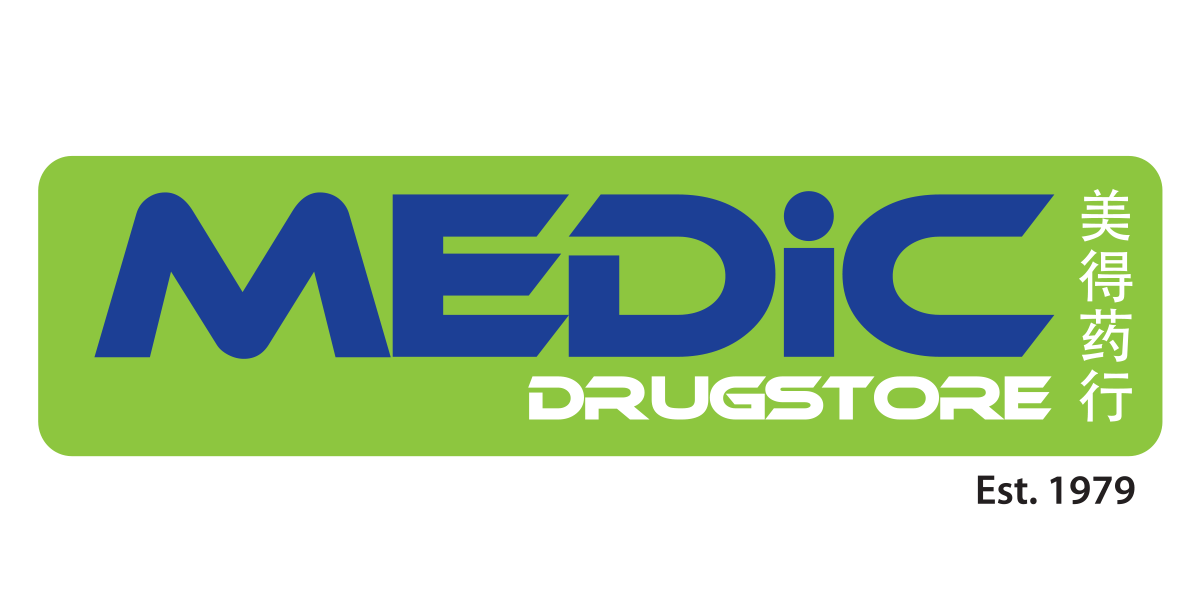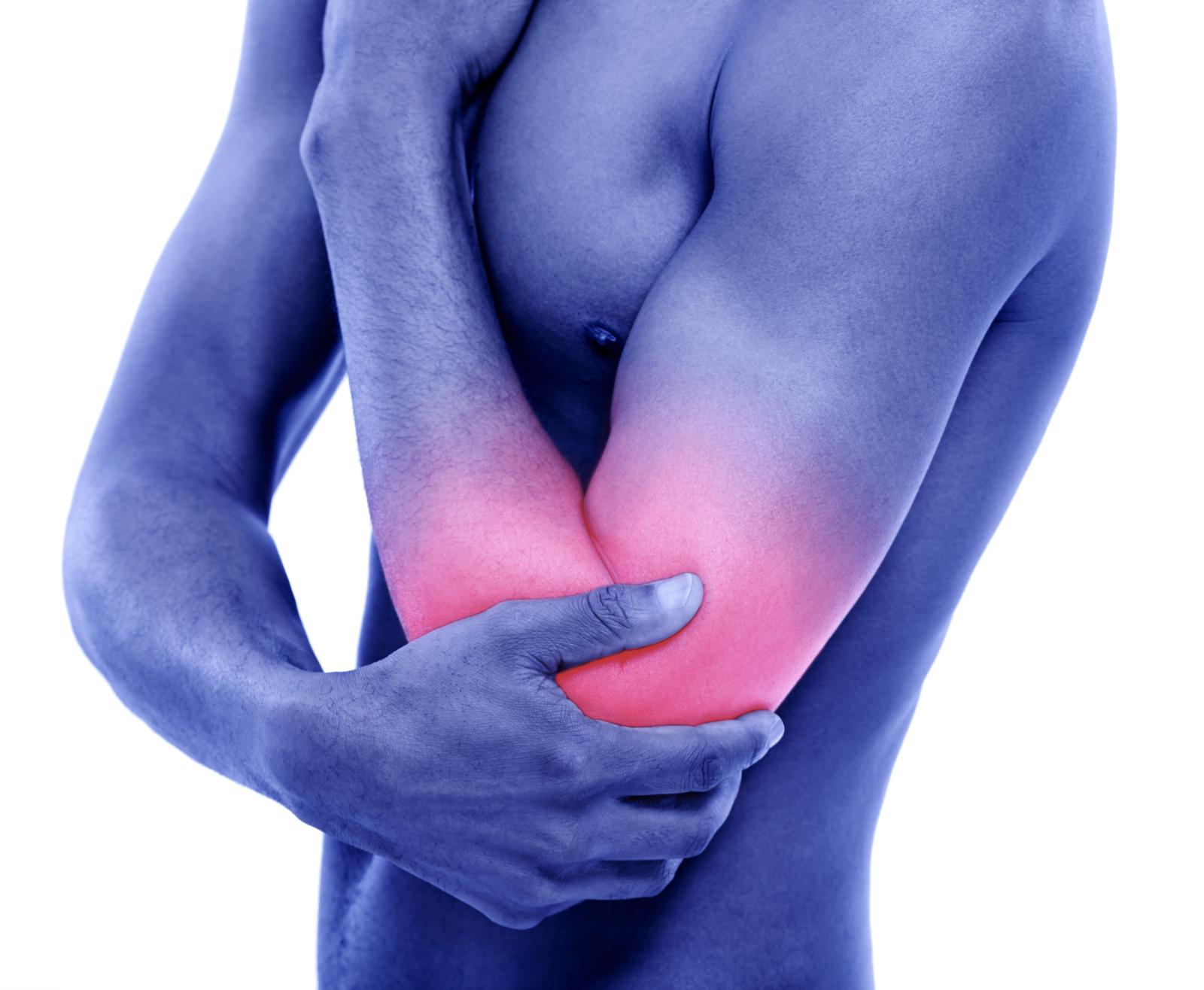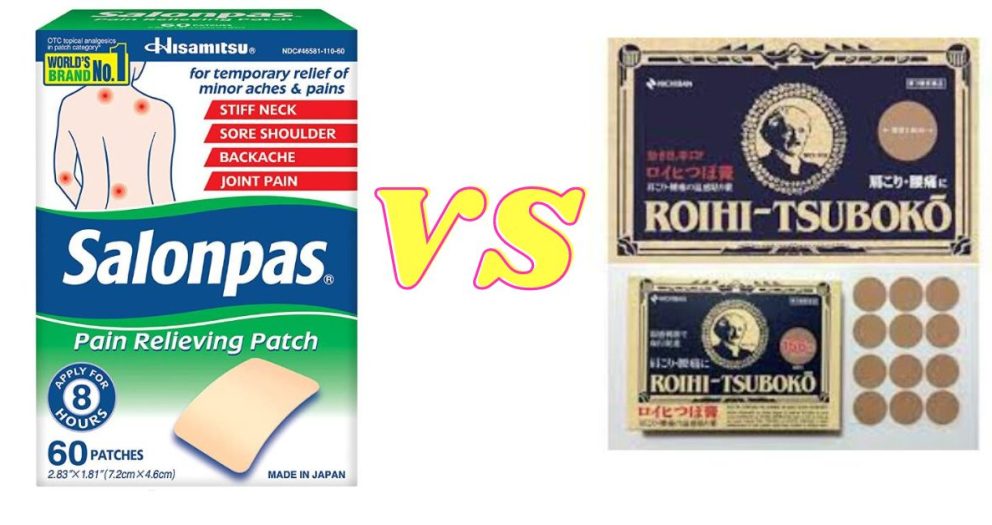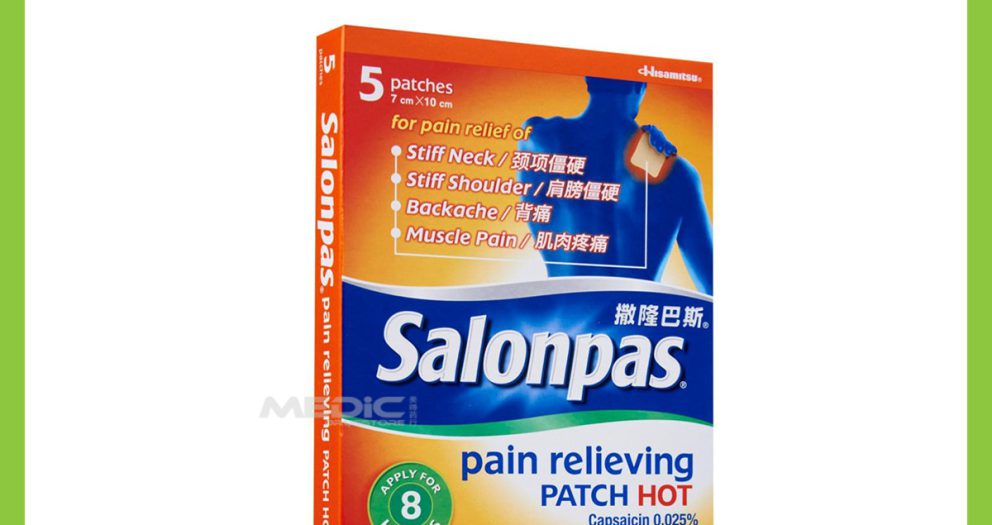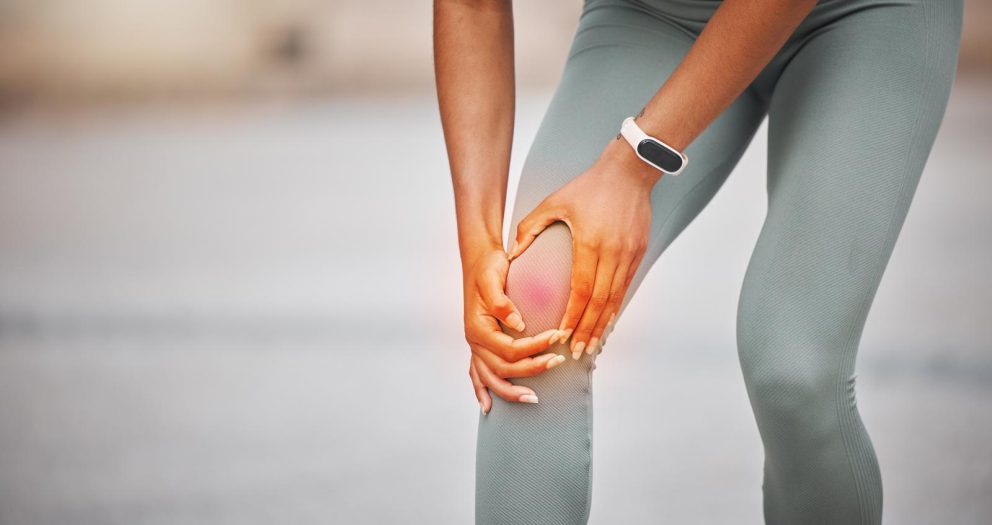Tennis elbow is a common injury that affects millions of people around the world. It is a painful condition that can cause discomfort and limit the range of motion of the elbow joint. One of the most debated topics in the treatment of tennis elbow is whether heat or cold therapy is better.
Heat is better for long-term care of tennis elbow, as it promotes healing, improves circulation, increases range of motion, and reduces stiffness. Although cold can alleviate some pain, it is not as effective in addressing the underlying cause of the pain.
In this article, we will explore the science behind both heat and cold therapy and compare their benefits and risks for treating tennis elbow. We will also discuss other treatment options and preventive measures you can take to avoid this condition altogether.
So, if you want to learn more about the best way to relieve the pain and discomfort of tennis elbow, keep reading!
What is the fastest way to cure tennis elbow?
Heat therapy is the way to go if you’re looking for a long-term solution to treat tennis elbow. Although applying cold to the elbow can help ease the pain, heat is more effective for a lasting relief.
The benefits of heat therapy extend beyond just pain relief, as it helps promote healing and restores the proper function of the affected area.
Applying heat can improve circulation, increase the range of motion, and reduce stiffness, making it an excellent therapy for tennis elbow.
While cold therapy can be useful for reducing inflammation and swelling, it is not as effective in addressing the underlying cause of the pain. Therefore, if you want to take care of your elbow for the long haul, heat therapy is the way to go.[Source]
Other Treatment Options for Tennis Elbow
There are a few lesser-known treatment options that may help alleviate the symptoms of tennis elbow. One of them is extracorporeal shockwave therapy (ESWT), a non-invasive procedure that uses shockwaves to stimulate healing and reduce pain.
Another option is acupuncture, a traditional Chinese medicine technique that involves inserting needles into specific points in the body to promote healing and relieve pain.
Additionally, some studies have shown that platelet-rich plasma (PRP) therapy, which involves injecting the patient’s own platelets into the affected area, can promote healing and reduce pain. While these treatments are not as widely known or used as more conventional treatments, they may be worth considering for those who have not found relief through other methods.
As with any treatment, it is essential to discuss these options with a qualified healthcare professional to determine if they are suitable for your specific condition.
Prevention of Tennis Elbow
Prevention of tennis elbow is key to avoiding this painful condition altogether. Here are some in-depth tips for preventing tennis elbow:
Warm-up and cool down
Always warm up properly before any activity that involves the use of your arms and elbows. Stretching and warming up will prepare your muscles for the activity and help prevent injury.
Proper technique
Using proper technique and form during activities such as playing tennis, golf, or other repetitive arm movements can help reduce the risk of developing tennis elbow. Make sure to use the correct grip size and maintain proper posture.
Gradual progression
Gradually increase the intensity, frequency, and duration of any activity involving the use of your arms and elbows. Sudden, intense activity can increase the risk of developing tennis elbow.
Strengthening exercises
Strengthening exercises for the forearm muscles can help reduce the risk of developing tennis elbow. Exercises such as wrist curls and extensions, and grip strengthening can be helpful.
Equipment
Use equipment that is appropriate for your size, strength, and skill level. This includes using the right grip size, weight, and type of racket or club.
Rest and recovery
Take frequent breaks during activities that involve repetitive arm movements. Rest and recover adequately to allow your muscles and tendons to heal and repair.
By following these prevention tips, you can significantly reduce your risk of developing tennis elbow. If you do experience any symptoms of tennis elbow, it’s essential to seek medical attention promptly to prevent the condition from worsening.
References
- American Academy of Orthopaedic Surgeons: https://orthoinfo.aaos.org/en/diseases–conditions/tennis-elbow-lateral-epicondylitis/
- Cleveland Clinic: https://my.clevelandclinic.org/health/diseases/4009-tennis-elbow-lateral-epicondylitis
- National Health Service (UK): https://www.nhs.uk/conditions/tennis-elbow/
- American Physical Therapy Association: https://www.choosept.com/symptomsconditionsdetail/physical-therapy-guide-to-tennis-elbow-lateral-epic
